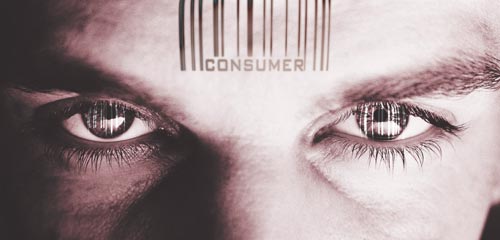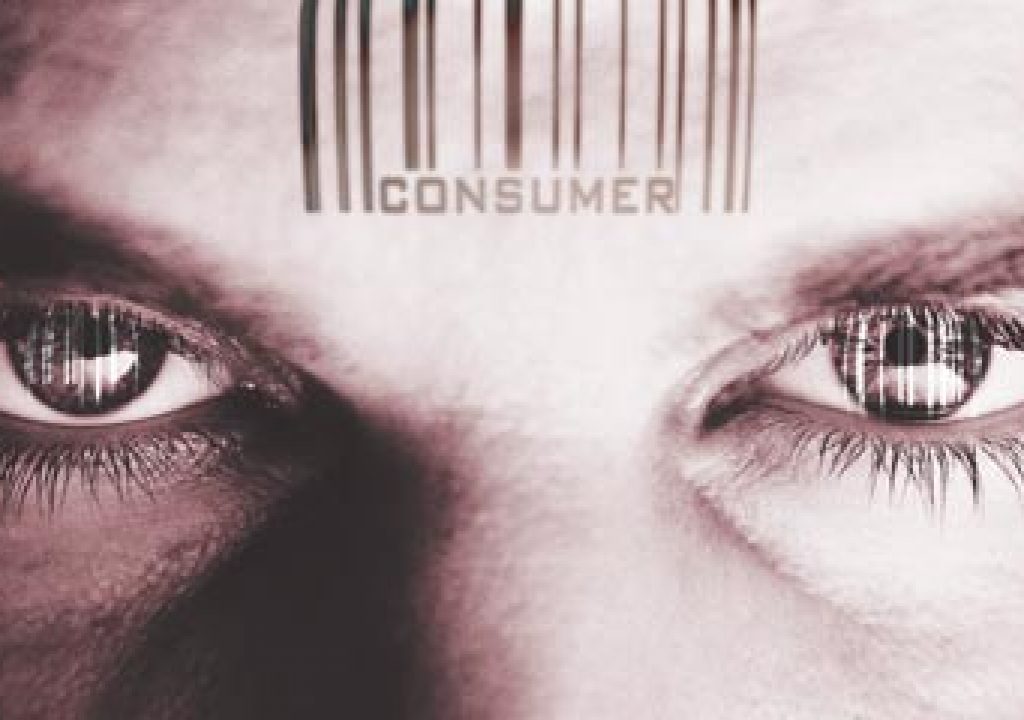
This Saturday on NPR’s Weekend Edition, there was an odd little piece about a study performed by Duke University about people’s reaction to logos (click here to listen; click here to read a text article about the same study). It said that being exposed to the Apple logo – so briefly that they couldn’t even register what they had just seen – caused the subjects to then become 20-30% more creative, while being exposed to the IBM logo caused them to become more competent and professional – or at least, acted that way on a test they took immediately thereafter. (The same study also concluded that people exposed to the Disney logo went on to behave more honestly than those exposed to the E! Channel logo.)
No, the point of this is not to start another flame war between Apple and PC users. And yes, I’m familiar with “blipverts” and other forms of subliminal advertising. What struck me was how important imagery we use – even subtle, background imagery or images that are not on screen all that long – may influence our viewers when designing a show open, informational graphics, or other forms of motion design. We always try to think through things like color, pace, and the calming versus threatening nature of imagery we use when designing motion graphics to evoke a certain mood or reaction, but the results of this study have made me even more hyperaware of it.
(While lying there listening to the program, I was also reminded of the William Gibson novel Pattern Recognition

